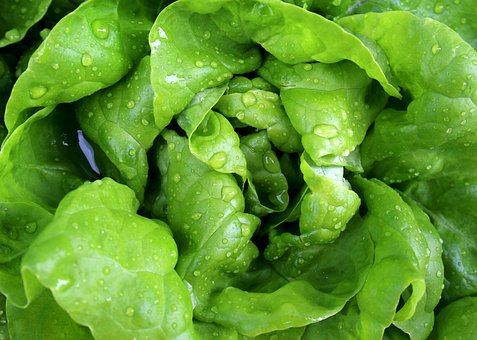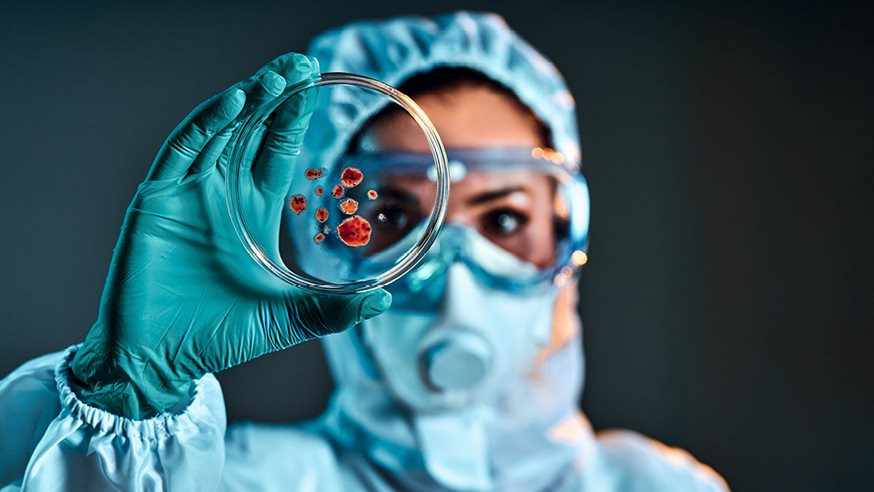What are Plant-Based Vaccines

Canada Approves World’s First Plant-Based Vaccine
Medicago Covifenz® COVID-19 vaccine is a SARS-CoV-2 spike (S) recombinant (adjuvanted), protein virus-like particle (VLP). This type of vaccine uses plant-based technology. The virus’ genetic code is delivered to the leaf cell of the plant using a harmless bacteria.
Source: COVID-19 plant-based vaccines
What is mRNA?
How do you explain mRNA to a third grader?
Inside our bodies, we have special things called cells. These cells do different jobs to keep us healthy and strong. One of the most important jobs of a cell is to make proteins. Proteins are like building blocks that help our bodies do many different things, like grow and move.
To make proteins, the cell needs to read the instructions that are stored inside our DNA. DNA is like a recipe book that tells the cell how to make proteins. But, the DNA can’t leave the cell’s nucleus, so it needs a messenger to bring the instructions to the rest of the cell. This is where mRNA comes in!
mRNA stands for “messenger RNA”. It’s like a messenger that takes the instructions from the DNA in the nucleus and carries them to the rest of the cell. Once the mRNA reaches the part of the cell where proteins are made, it tells the cell what kind of protein to make and how to make it.
So, in short, mRNA is like a messenger that carries instructions from the DNA to the rest of the cell so that it can make proteins.
Kentucky BioProcessor Grows Ebola Vaccine in Tobacco
What’s Ebola?
Edible Cholera Vaccine in Rice
The following excerpt is courtesy of Leaps.org – Scientists Are Growing an Edible Cholera Vaccine in Rice: The current cholera pandemic first emerged in the 1970s and has devastated many communities in low-income countries. Each year, cholera is responsible for an estimated 1.3 million to 4 million cases and 21,000 to 143,000 deaths worldwide. Immunologist Hiroshi Kiyono and his team at the University of Tokyo hope they can be part of the solution: “They’re making a cholera vaccine out of rice.”
What is VAERS?
What is VAERS?
VAERS is the Vaccine Adverse Event Reporting System:
Have you had a reaction following a vaccination? Contact your healthcare provider. Report an Adverse Event using the VAERS online form or the downloadable PDF. Important: If you are experiencing a medical emergency, seek immediate assistance from a healthcare provider or call 9-1-1.
mRNA injections in Livestock?
How are Transgenic Papayas’ made?
The Isis Thesis – Ancient Egyptian knowledge of Horizontal Gene Transfer?
What is CRISPR-Cas9
What Happened To China’s CRISPR-Cas9 Children?
Who is Orphan Black?
What is BioTerrorism?
Biosecurity for the Age of Redisgned Life
